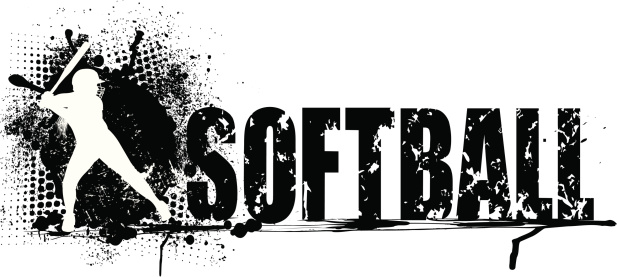
Hitting the Inside Pitch
Turning to the ball with the hips leading the way is such a huge part of hitting and is an area that a majority of young players never fully develop. The power that is generated by the hip engagement in a softball swing is based on the principle of torque. The same way a golfer, boxer, tennis player and pitcher use their core muscles to turn, so do the best hitters in the game. Players need to “learn to turn” to the ball.
These are some common problems that turn that potential line drive into a ground-out.Common mistakes to avoid when hitting the inside pitch:
Common Mistake #1 – Too much weight on the back leg.
When this happens there is a tendency to “spin off” the ball. This means we are rotating instead of driving through the ball.
To square the ball on the barrel you have to come around the softball which makes contact too far out in front. If you do hit it squarely most likely it will result in a ground ball or a severe hooking line drive.
What this means for hitting the inside pitch:
- Make sure our weight distribution is 40/60 between our front and back leg as we start rotation.
- Posture is especially important on inside pitches. The more upright our head is, the easier it is to rotate.
Common Mistake #2 – Not fully rotating your back leg.
Failing to rotate fully makes the path to the ball longer, and since your swing has to be quicker and contact is further out in front than a pitch that is outside, you may have to cheat or just not hit the ball well consistently.
What this means for hitting the inside pitch:
- We must clear our back hip by fully rotating our back hip through the ball. This creates a shorter path for our hands to get to the baseball. The hip engagement also allows our hands to stay tight to our body that keeps them inside the baseball.
- By attacking the ball in this manner we can now work through the baseball (with our legs and hands) instead of around the ball. This will allow us to drive the ball with backspin and not a hooking spin.
Common Mistake #3 – Not driving through the ball with your legs.
The same swing you take on a pitch right down the middle is the same swing you want to take on an inside pitch. The only difference is that your path needs to be a little shorter and quicker.
What this means for hitting the inside pitch:
- Since your hands follow your legs, using your legs to drive in a straight path through the baseball means your arms and bat will follow.
- A firm front leg is important for this. If you spin off your front heel, it’s easy to rotate around the ball instead of driving through it. This is an easy habit to fall into because the natural tendency is to try to create more space for yourself by opening up. Opening up your front foot starts a chain reaction that causes your entire front side to open up too quickly – which creates a slower, circular path to the ball instead of the direct, straight line that is needed to reach the inside pitch in time.
- Be sure your back hip goes to the ball.
Summary
Most pitches you will see are on the outer portion of the plate so that is what you should really work on, but when a pitcher makes a mistake over the inner half of the plate, it is time to make her pay.
If you apply these three tips for how to hit the inside pitch you will accomplish a shorter and quicker swing that is capable of correctly hitting an inside pitch. If you can incorporate these tips into your swing, you’ll avoid some of the common problems most people have when hitting an inside pitch, turning your pulled ground ball outs into line drives in the pull gap.
